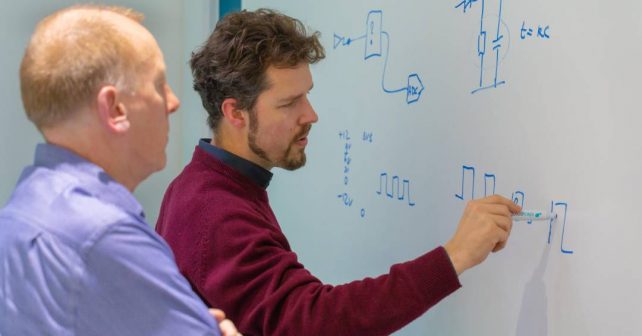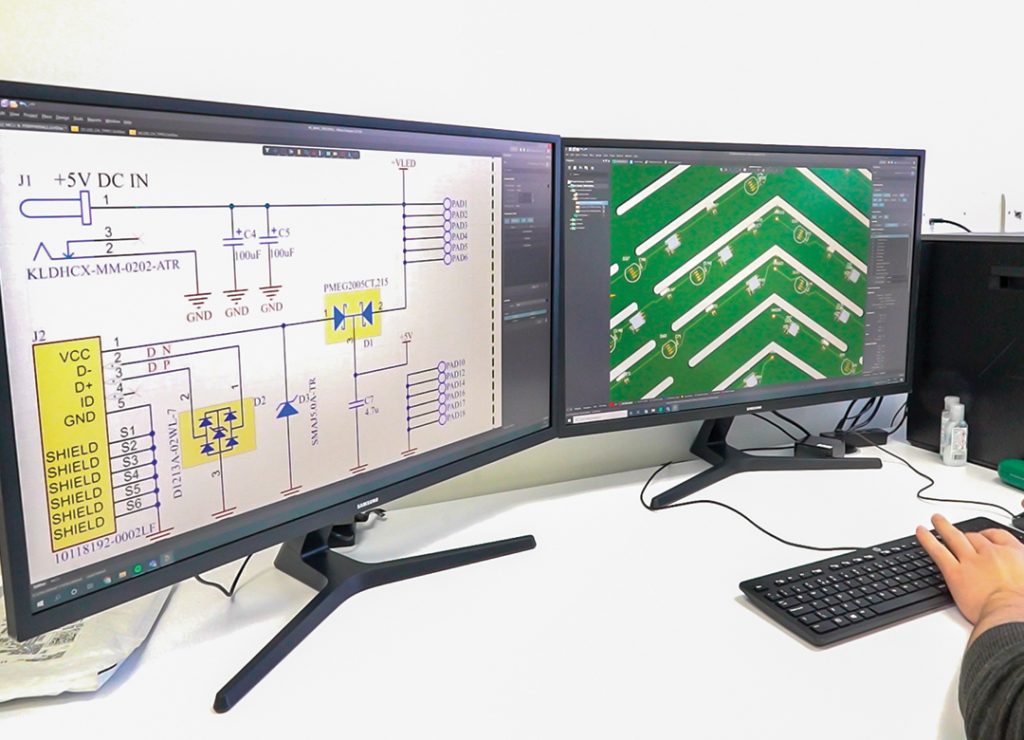
It’s hardly surprising to learn that PCB designers are fundamental to the PCB design process. Without the knowledge and skills of these talented individuals, the manufacture of printed circuit boards would be an impossible task, and technology as we know it would cease to exist. In the blog below, we explore what it means to be a PCB designer and what you need to do to make it in PCB design.
What is a PCB designer?
A PCB designer is primarily responsible for the design and development of printed circuit boards. In the past, this meant creating sophisticated hand-drawn renderings of a circuit board’s layout. These days, however, PCB design often takes place with the help of computer-aided design (CAD) systems, which allow design engineers to create more accurate and complex schematics.
When using this PCB design software, PCB designers must consider every element of the PC board’s layout and decide which electronic components best suit the design’s requirements. They should also consider which materials are the most appropriate to use for the board itself as well as the electrical connectivity between the components chosen.
If the manufacture and assembly of the PCB is set to take place elsewhere, the PCB designer will need to supply the schematic capture, assembly instructions, project files and any other relevant information to the company or individual tasked with the PCB’s construction.
Desirable skills for a PCB designer

Although almost anyone can turn their hand to PCB design, becoming a PCB designer takes a special kind of person. In most cases, it’s helpful to have an interest in electronics and a good understanding of how specific electronic components work together. Experience using CAD software is also vital, as is a working knowledge of circuit board layout and basic PCB design rules.
Most PCB designers are creative, technically gifted individuals who enjoy organisation, problem-solving and working with the latest technology. They should also be able to detect errors, think analytically and constantly willing to learn.
Qualifications for PCB designers
Even though PCB design isn’t taught formally at universities, it is often offered as part of engineering degrees. Those studying Computer Engineering or Electrical Engineering may have the chance to take PCB design modules, and there are also several industry-level courses out there for potential PCB designers to develop their skills.
Regardless of the design area in which you wish to specialise, most employers will expect you to have completed a 4-year engineering degree and demonstrate a clear passion for electronics. On top of this, prospective PCB designers must be excellent communicators and capable of working as part of a team.
PCB design at PCB Train and Newbury Innovation
Here at PCB Train, we specialise in PCB fabrication and assembly. And whilst our production engineers can help bring your printed circuit board to life, we leave the bigger technical design tasks to our good friends at Newbury Innovation.

Whether or not you have a pre-existing board layout, our sister company’s design engineers have years of experience using cutting-edge CAD software and will work tirelessly to put together the perfect PCB setup for your requirements.
To learn more about what Newbury’s PCB designers can do for you, visit their website today. If you have any queries about our PCB manufacturing or assembly services, please contact us directly by filling out this form.





Leave a Reply